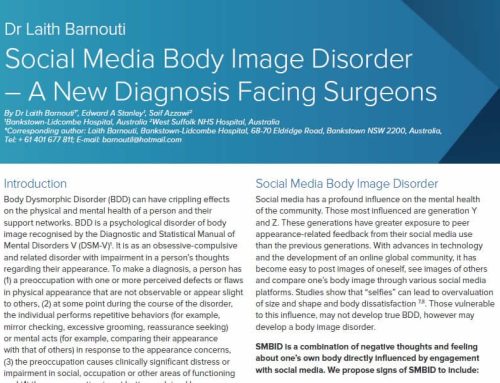
All surgical procedures have a small risk of complication inherent to the surgery itself and or to anaesthesia.
The risk factors of Breast augmentation surgery are generally rare. This includes:
- Infection: manifested by swelling, tenderness, redness and fever. If an implant becomes infected, it must be removed immediately. You need to wait for several months before we can reschedule another operation.
- Hematoma formation (large blood clot in the wound), which is manifested by enlargement and discoloration of tissue, may, if happened, need to be drained. Meticulously stop bleeding, surgical tube drainage and postoperative pressure bandage are important to prevent this sort of complication.
Risks specific to breast implant surgery
- Capsular contracture
Capsular contracture is the most common side effect of breast implant surgery. To accept the implant, a surgical pocket behind the breast is made somewhat larger than the implant itself.
Normally a healing scar forms a very thin envelope (capsule) around the implant, which, on occasion, will shrink sufficiently to squeeze the implant, producing varying degree of firmness.
At its worst, the implant can feel hard, be painful and /or distorted. This can occur soon after surgery or years later and may be unilateral, bilateral or asymmetric. Removal or replacement of the implant may sometimes be required. The cause of this contracture phenomenon is poorly understood but thought to be related to organized haematoma, a biofilm infection or a foreign body-host immune response. - Rupture of the implant
Breast implant may not last a lifetime.
For saline filled implant, if the implant shell is ruptured, there is a rapid change in shape of the implant and you absolutely need to change the new one.
For standard silicone gel, if the implant shell is ruptured, the escaping gel is usually contained by the scar envelope in the surgical pocket and may be undetectable except by Magnetic Resonance Imaging (Silent rupture). Most of the reported case occurred in the more fragile, thinner shell devices implanted in the late 1970’s.
For the high cohesive gel, if the implant shell is ruptured, the gel will normally not escape or migrate from its shell due to a higher resistance to flow.
Most of the manufacturers these days are giving long life guarantee against implant rupture. - Changes in Nipple and Breast sensation
Any surgery of the breast can result in decrease or increase sensation in the nipple-areolar complex.
These changes are believed to be a result of nerve damage from the surgery. These changes can be vary in degree but are usually temporary.








